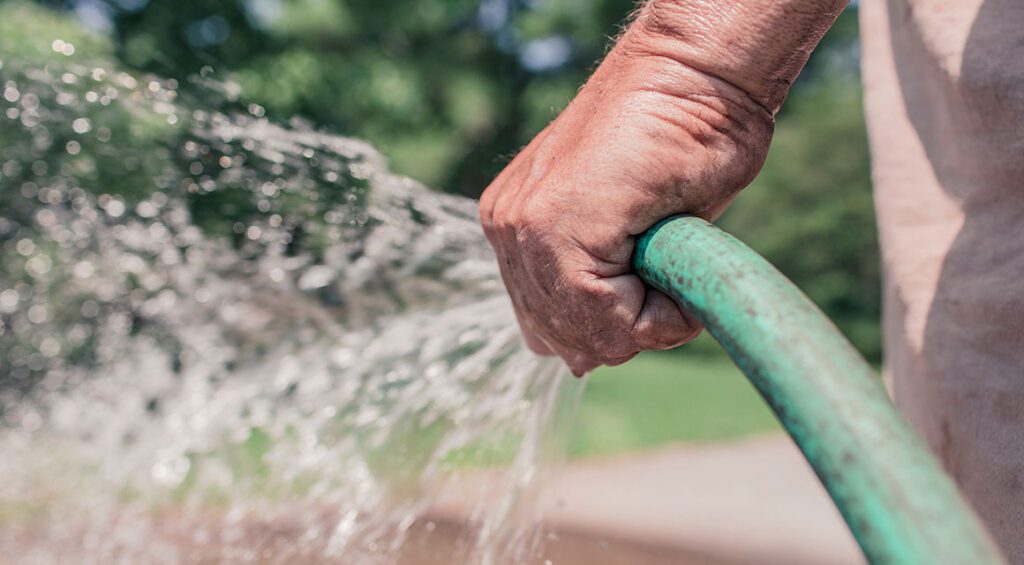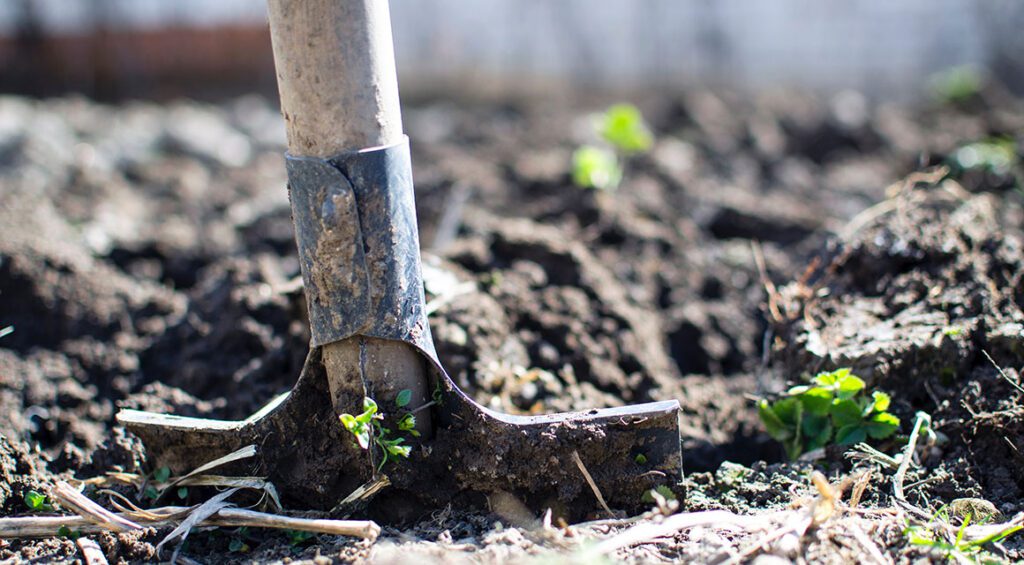Besides planting and trimming your hedge, fertilizing and watering your hedge is probably the most important factor in maintaining a hedge. Although this may seem like an easy task, you may still have questions about this. For example, how often and how much water should your hedge get? And what fertilizers are best to use? We care a lot to help you in this regard.

Watering hedge plants
Evergreen hedge plants, deciduous hedge plants, conifers and other plants in your garden need water, of course, it should be assumed. But not everyone knows how often and when to water a hedge plant. In general, you can assume that the hedge should get quite a bit of water, especially in the first few months after planting. It is then usually good to give your hedge a good amount of water around twice to three times a week during the initial period. For plants that come with bare roots, watering can also be a little less often than for plants that come with a root ball or in a pot, but it’s better to give your plants a little more water than too little. Of course, you may need to give your plants less water if it is raining, but be sure to give your plants enough water. So if there is a drought, you should always give your plants a little more water. Green perennial garden borders are just as sensitive when it comes to dry garden soil as deciduous hedges.
If you want to give your plants a lot of water, for example around 15 liters per plant, then this is a good intention, but then always make sure that the water does not get stuck in the soil as waterlogging. This can then lead to the roots slowly rotting. So make sure that the soil should be well-drained at all times, and possibly mix your garden soil with some loose soil to give the water more room in the soil. Some plants are more sensitive in this regard than other plants. Therefore, always read the product information on our website carefully first if you want to know more about the care of conifers and other hedge plants.

Fertilize hedge plants
When fertilizing, it is also true that plants need a lot of attention in the first months after planting. There are even special fertilizers developed only for hedges or, for example, only for conifer hedges. You can use this special fertilizer, of course, but often it is enough to use compost or peat. Fertilize the hedge immediately after planting, and then after that, preferably at six-month intervals. You can combine this with regular pruning of your hedge, for example. These fertilizations can then take place once in the spring and then again in the fall, although you don’t need to cut back every hedge in the fall. Read more about this in our blog post Maintaining Hedge Plants in the Fall.
The advantage of fertilizing a hedge or prefabricated hedge is not only the fact that it will make the hedge grow better, but fertilizing also has the effect that the roots will then continue to grow much better in the right place in the ground. For example, if you fertilize your hedge less often than the border that grows next to the hedge, then it may happen that the roots of your hedge then also relatively quickly overgrow the roots of the border underground and this should be avoided.

